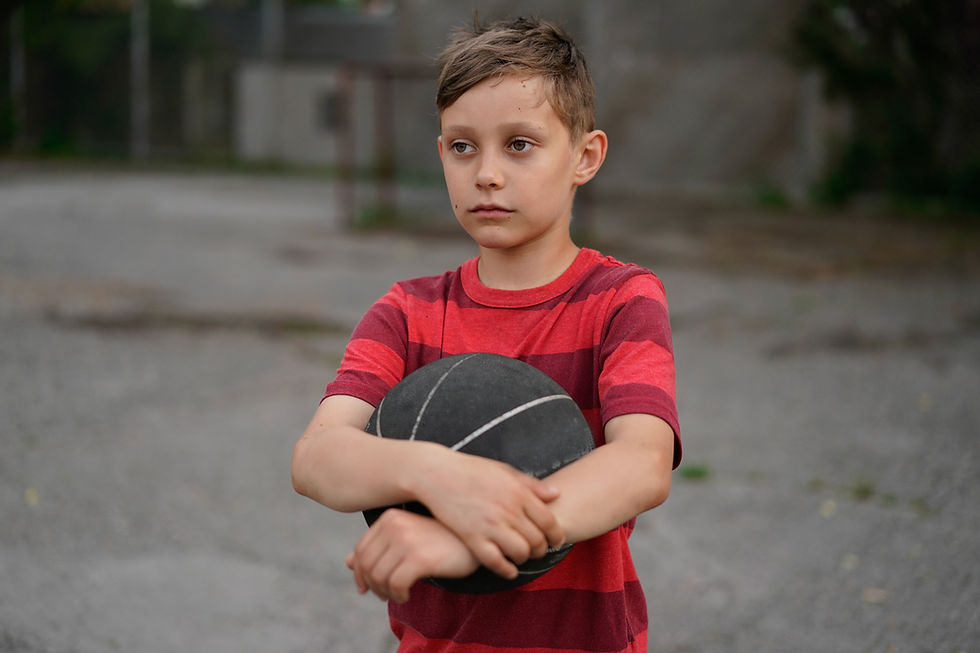WE CAN WORK IT OUT
- adinalisw

- Aug 4, 2021
- 3 min read
As discussed in my earlier blogs, students begin to build increased social-emotional wisdom by first understanding that they are always making choices. They then learn that they can make conscious, well-thought out choices. They can make healthy choices to express and deal with feelings that don’t include taking their feelings out on others. They can choose healthy ways to feel good about themselves without making others feel badly about themselves.
When students are ready for the next level, they can take others into consideration before they make a choice. They can make sure that the choices they make are not just good for themselves but also for others.
Students can learn that it is sometimes possible to make choices where everyone is satisfied, everyone wins. Not everyone knows how to do this. Some people make the choice to try to get others to do what they would like them to do by putting pressure on them, “pushing” them to do what they want them to do.
Students can learn that some people try to get what they want by making others feel like they have no choice but to go along with them. This means that they are not asking kindly for what they want, but using unkind ways of getting others to agree with them. Examples of this include teasing, being bossy, or threatening, like saying “If you don’t do what I am asking, I will do something to you.”
Students can be taught that being pressured does not make us feel good, and can even make people feel like they are being bullied. People who do pressure believe in the assumption, “I must pressure others so that I can always have my way, or it will be awful.” That is stretching the truth. There are all kinds of ways to get what we want, not just pressuring. We might like to have things our way but it is not awful and we can handle it if they are not.
A better belief to have might be “I can use kind words to ask for what I want.” There are a number of communication tools that we can provide our students to act on that belief. First, we can teach them to be active listeners. When communicating with someone, most people like being listened to. Sometimes people think they have listened to another person but this is not always true. At times, when someone is talking, we get lost in our own thoughts, and are not paying attention to what is being said.
We can teach students to focus on the person who is talking with their eyes and bodies. We can help them pay attention to the words that are being spoken by the other person, instead of the words that are going through our minds.
We can help students communicate well with each other in situations where one person wants one thing and the other person wants something else. In situations like this, people sometimes choose methods of communication that lead to misunderstandings and arguments, and lead to neither person getting what is wanted.
Students can learn that to avoid arguments and satisfy all participants, it is possible for people to work together to come up with a solution that is agreeable to everyone. They would work to come up with a compromise, a win-win solution that provides each person with at least a part of what they want.
There are additional considerations when seeking positive communication, including how we use our bodies and voices and the words we choose. Students can learn that sometimes, if we have gotten used to pressuring others, we use our bodies and voices in ways that are not best in helping everyone get along. Sometimes, we may use too much volume, speaking much louder than we need to, and using too much space, taking up others’ space. This can lead to others feeling like they are being pushed around. Our best choice is when we use just enough space and volume to get our point across.
Students can also remember to use the “I Message” technique discussed in a previous blog to effectively get their feelings and ideas across. The format for an “I” message is “When you (stating one specific thing that the other person did), I feel (stating how you feel about what was done), I’d like (stating one specific outcome you would like to see). An example would be “When you take my toy without asking, I feel frustrated. I’d like you to ask before you take something of mine”.
We can reinforce these healthy communication choices with stories, books, and songs. For ideas, please see the provided lists in the “For Whom” section of this website.









Comments